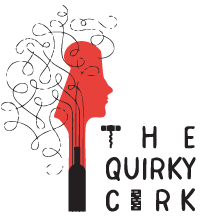My Favorite Turkish Wines of 2017
January 19, 2018 0Red Wine, Rose Wine, Sparkling Wine, Sweet Wine, Turkish Wine, White Wine, Wine Reviews
2017 was a crazy year. It began with a last minute trip to Iceland where wine is even more expensive than it is in Turkey. Spring was full of whirlwind wine trips to Israel, Georgia, and Greece. This summer after a two-year lapse I went back to the States to see my family in Michigan and Vegas. In the fall I went to Elmali, Turkey to visit a great winery and in December I visited Graz, Austria for the Krampuslauf, Christmas markets, and wine shopping. In addition to the travel I attended or led a couple dozen wine tastings. Including one on a private yacht on the Bosphorus where
Read More













